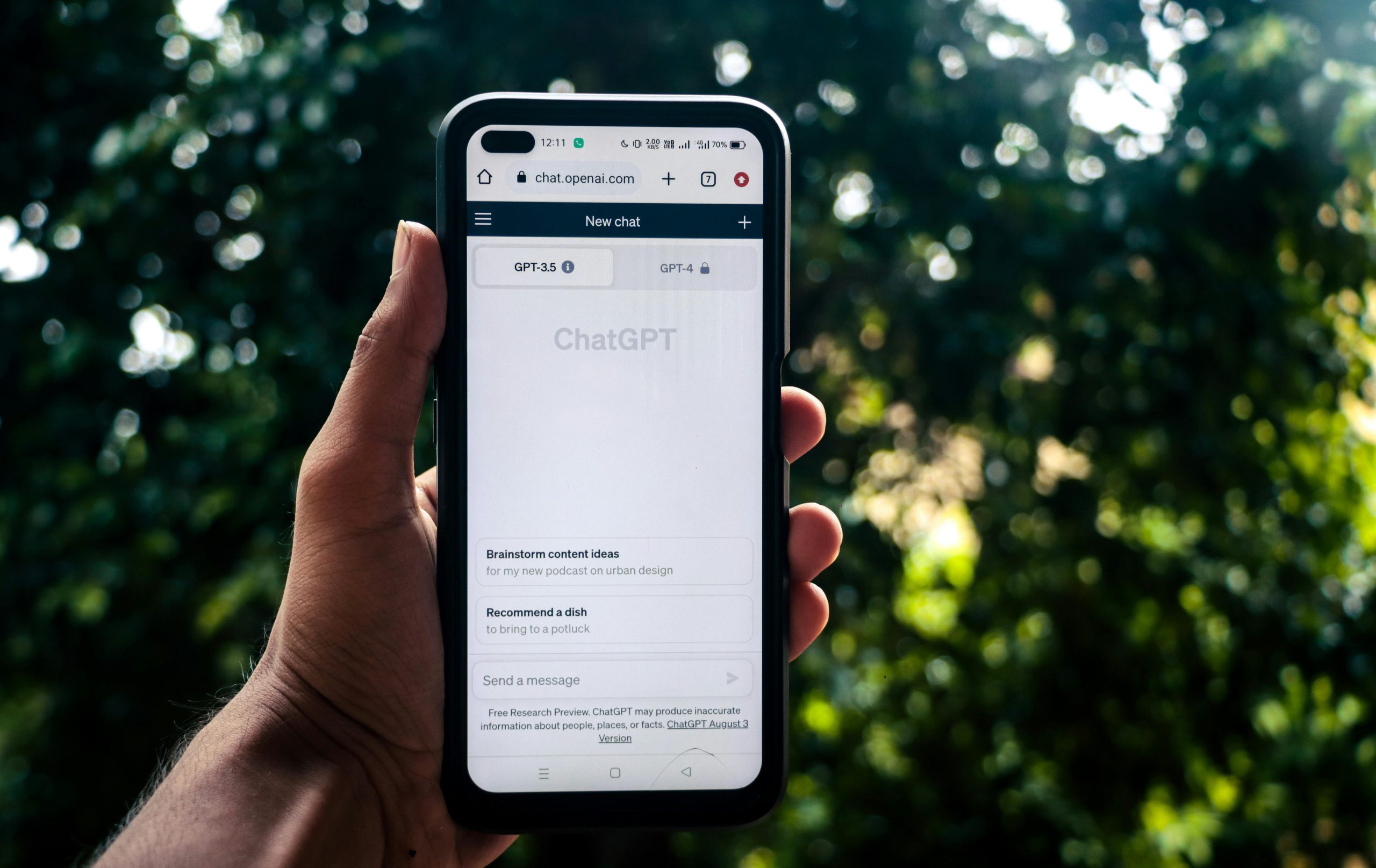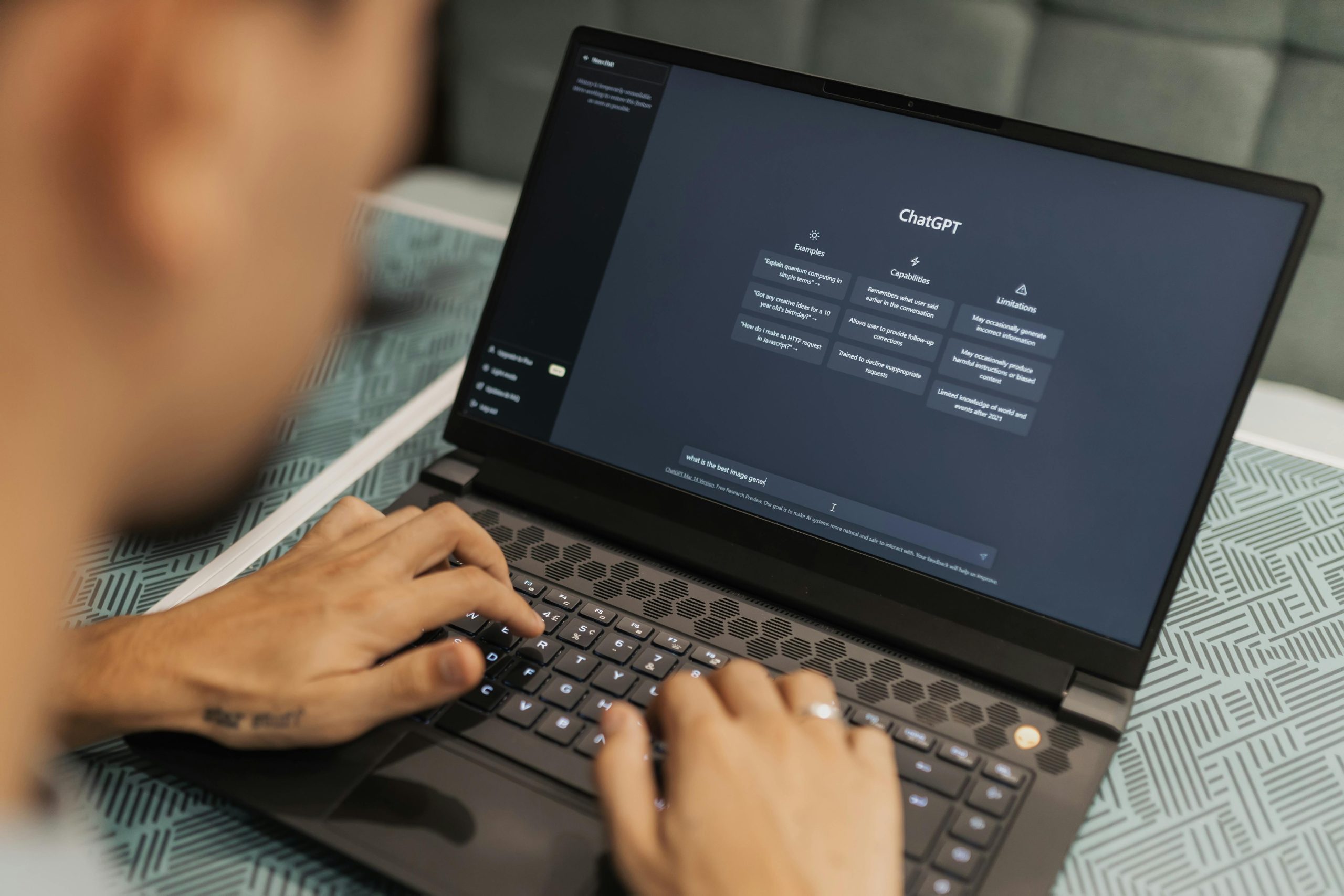In an age where artificial intelligence has seamlessly integrated into our daily routines, the sudden unavailability of a trusted digital companion like ChatGPT can feel akin to losing a lifeline. Imagine sitting down to tackle that pressing work project, or seeking inspiration for your next creative endeavor, only to be met with a frustrating service unavailable message. Panic sets in as you realize that your go-to AI assistant is offline, and the clock is ticking. But fear not—this article will equip you with strategies and alternatives to navigate those unexpected moments when ChatGPT isn’t at your beck and call.
Whether you’re relying on it for brainstorming ideas, drafting emails, or simply satisfying your curiosity about the world, understanding how to pivot when technology falters is essential. In this guide, we’ll explore practical steps you can take during these downtime episodes—from leveraging other tools at your disposal to tapping into time-honored research methods. Embrace this opportunity not just as an inconvenience but as a chance to discover new resources and enhance your problem-solving skills in ways you might never have considered!
Common Reasons for ChatGPT Unavailability
Technical glitches are often the most visible culprits behind ChatGPT’s unavailability. These issues can stem from server overloads, especially during peak usage times when countless users seek out their chat companions simultaneously. The surge in demand can strain resources, leading to temporary outages or slower response times. However, it’s not merely a matter of traffic; software updates and maintenance routines are crucial for optimal performance but can inadvertently result in brief downtimes.
Another factor to consider is connectivity hurdles. Users often underestimate the impact of their internet connections on access to AI services like ChatGPT. Slow or unstable networks can create a frustrating experience that may appear as if the service is down when it’s really a localized issue. Finally, regulatory changes and compliance adjustments can lead to scheduled disruptions; developers might need time to ensure that the platform adheres to new legal standards around data privacy and user interactions. Understanding these multifaceted reasons gives users insight into how systems operate behind the scenes and emphasizes patience amid technological hiccups.

Checking Service Status and Updates
When you find yourself unable to access ChatGPT, the first step is to check the service status provided by OpenAI. This can often save you time and effort, as unplanned outages are usually communicated through official channels. The OpenAI website and social media accounts serve as reliable sources for real-time updates, helping users discern whether the issue is on their end or part of a larger system malfunction. Keeping an eye on these platforms allows for proactive planning—perhaps using alternative tools in the meantime or adjusting your schedule.
Furthermore, consider joining community forums or discussion groups focused on ChatGPT. These spaces often buzz with insights from other users who may be experiencing similar issues and could have tips for mitigating downtime. Engaging in these discussions not only provides immediate support but also fosters a sense of camaraderie among users navigating technological hiccups together. Ultimately, understanding that occasional interruptions are normal can ease frustration and help you explore different avenues while awaiting a resolution.
Alternative AI Tools to Consider
When you find yourself in a bind without ChatGPT, exploring alternative AI tools can open up a world of creative possibilities. Tools like Jasper AI and Copy.ai focus on content creation, making them excellent choices for writers and marketers looking to generate compelling text or refine their storytelling. While they may not match ChatGPT’s conversational depth, they often excel in specific tasks such as generating marketing copy or creating blog outlines, offering tailored suggestions based on user input.
For those seeking conversational interaction akin to ChatGPT but with unique features, consider using alternatives like Replika or Claude from Anthropic. Replika serves as more than just an AI; it’s designed for users to build connections through meaningful dialogue—ideal for those looking for companionship or emotional support during downtime. On the other hand, Claude emphasizes ethical considerations and user privacy while providing smart general responses. Exploring these diverse options allows users not only to overcome temporary outages but also to discover distinct functionalities that enhance their digital experience beyond what any single platform can offer.

Offline Resources for Immediate Assistance
When ChatGPT is temporarily unavailable, offline resources can provide immediate support and solutions to your inquiries. One of the most accessible options is utilizing books or manuals related to your specific needs. For instance, taking a trip to your local library or bookstore can uncover an abundance of knowledge—from self-help guides and technical handbooks to subject-specific encyclopedias. The tactile experience of flipping through pages often fosters a deeper retention of information, something that screen-based learning sometimes overlooks.
Moreover, networking remains a powerful tool in situations where online assistance falters. Engaging with local communities or interest groups—whether through workshops, meet-ups, or casual gatherings—opens doors not just for knowledge exchange but also for building valuable relationships. Attending seminars or lectures enables you to gain insights directly from experts while allowing you to ask questions in real-time. Combining these offline avenues with traditional media like podcasts or recorded talks can further enrich your learning experience when digital language models are out of reach.
Tips for Effective Problem-Solving
When faced with the unavailability of a tool like ChatGPT, it’s essential to pivot your problem-solving approach. Start by redefining the problem: instead of viewing it as an obstacle, see it as an opportunity for discovery. Engage in brainstorming sessions—either alone or with colleagues—to explore alternative solutions and gather diverse perspectives. This approach not only primed your mind for creativity but can also unveil resources you might have overlooked.
Next, implement the 5 Whys technique—a method where you repeatedly ask why to peel back layers of symptoms and discover root causes. By digging deeper, you may identify underlying issues related to technology or even workflow that need addressing beyond just the immediate situation. Lastly, cultivate a growth mindset; embrace setbacks as chances to learn rather than failures. This shift in perspective will make your problem-solving efforts not just effective but also more resilient against future hurdles.

Conclusion: Staying Productive Without ChatGPT
In the absence of ChatGPT, harnessing productivity can feel daunting, but it also opens doors to new methodologies and creativity. Embracing tools like brainstorming sessions with colleagues or even traditional methods such as pen-and-paper can reignite your innovative spark. Engaging in offline research—visiting libraries, reading books, or even listening to podcasts—can provide fresh perspectives that digital interactions might sometimes overlook.
Additionally, using structured frameworks like the Pomodoro Technique can help maintain focus and enhance productivity without relying on AI assistance. Break your tasks into manageable chunks followed by short breaks; this not only boosts efficiency but fosters a sense of accomplishment as you check off completed items. Ultimately, while ChatGPT offers convenience, stepping away from it may lead you to rediscover resourcefulness within yourself and cultivate skills that have long been overshadowed by technology—a true reclaiming of personal agency in productivity.
